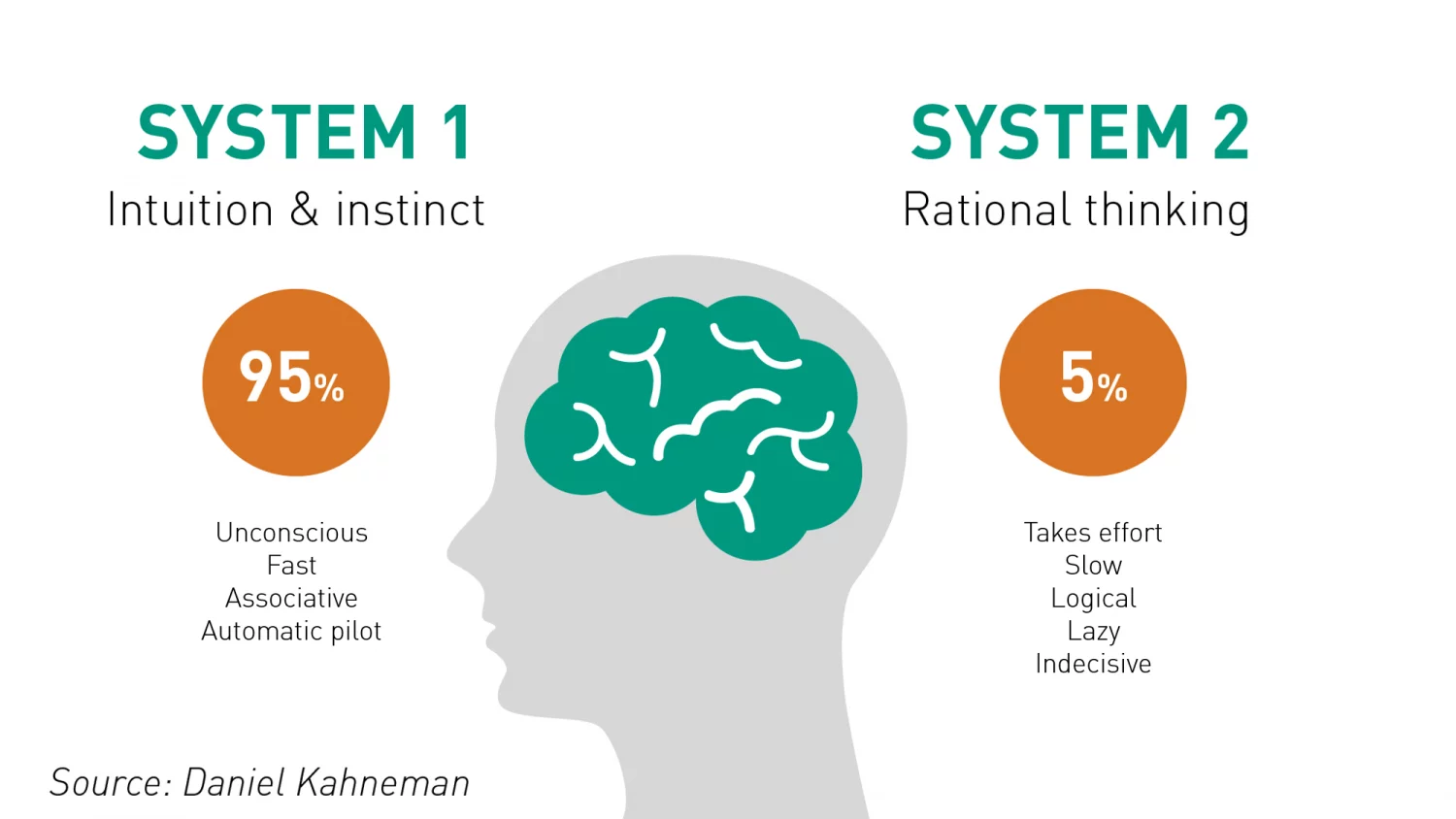Trust: Your Most Persuasive Tool & What it Means for your Website

You’re reading this blog, so your business, your website & your products or services aim to improve the life of your customers in some way.
Would you say that’s correct?
If yes, then it’s absolutely your duty no less to do everything you can to convince prospects that is the case.
In fact you’d be doing them a disservice if you don’t.
This might be an extreme view, but this kind of perspective gets results.
When looking at a website’s users; understanding them, predicting them, but most importantly helping them, we need to pull out all the stops to help them make their decision to work with or buy from you.
When it comes to decision making, there are a few influencing factors, but trust and getting users to trust you is arguably the most influential and powerful tool that aids decision making.
When we understand what trust is and how it can work for us, we can then look at how to apply it to our business and websites to help us convert more customers.
In this article we’ve shared insights into all of this to help you piece it altogether.
What is trust?
Trust is a feeling of confidence and security. It’s the “warmth”, as psychologist Amy Cuddy puts it, that someone gives off:
Warmth, or trustworthiness, is the most important factor in how people evaluate you.
It’s also important to understand that trust is actually a belief in a probability that a person will behave in a certain way. It elicits positive expectations.
So it goes without saying that in business, trust is essential.
How does it work?
Understanding how trust works at a deeper neural level, helps us to choose and apply methods of trustworthiness that are the most appropriate for the different types of prospect or stages of user interaction.
A lot has been written about how the brain works when it comes to trust and trusting. As such, there’s a vast array of terminology to explain the same things. But the most widely referenced and well-known author on the subject is Daniel Kaheman. In his book Thinking Fast & Slow, talking about the brain he says trust works from both a system 1 and system 2 point of view.
System 1 refers to the part of our brain which acts on a so-called ‘gut reaction’. Where we make a snap judgment whether to trust someone or something.
It’s a fast, unconscious and automatic reaction of which we don’t have control over and often can’t explain.
Have you ever instantly disliked or distrusted a website and just clicked the back button? Or instantly taken a dislike to someone without ever having spoken to them? Well this is the perfect example of your system 1 brain in action!
If we’ve made the irrational decision that we don’t like or trust something or someone, then it’s hard to be persuaded to ‘give them a chance’.
So it makes sense, that when it comes to business, this kind of reaction from our prospects and website users needs to be avoided at every opportunity.
If your website manages to elicit that system 1 level of trust, you’ve almost won the battle, but it’s important not to be complacent, as once you’ve hooked a user into trusting you, their system 2 brain will start to kick in.
System 2 brain is logical, conscious and makes the complex decisions. It will look at the data, the evidence and collate it all before making a reasoned judgment that a website & business can be trusted.
So when designing a website, we need to consider and accommodate both system 1 and 2 brains in order to persuade users to buy, enquire or sign up.
How to get people to trust in your business
Building trust can be extremely difficult. We make the decision to trust within a few hundred milliseconds. It’s all about those first impressions.
The most effective ways to get people to trust in you and your business is through a personal recommendations. Even if a website is badly designed, it’s unlikely to matter too much to a user who has been personally recommended to you. This is why a business that is built on referrals is often the most successful.
But where that is absent; perhaps in a new business, or where a business wants to look at other ways of driving business, we need to build trust in other ways. It can be done through everyday interactions, brand material, but most importantly, the website.
Where trust might be failing on your website
Before completely stripping down your site and adding a bunch of trust and credibility indicators (although they’re unlikely to do any harm if you do add them), it’s important to understand whether it’s actually a lack of trust causing your problems.
Here are some things to look out for:
- High bounce rate
- High exit rate on contact pages
- Abandoned baskets / carts
- Abandoned bookings
Some of these could also indicate other problems, so it’s important to assess the site as a whole as well as understand your customers’ needs before deciding the best next step.
User-first
For the most successful outcome, businesses should put themselves in their customers’ shoes and identify what their needs, concerns and desires are before deciding on the best methods of gaining their trust.
But alongside this there is a general template we use for guidance when establishing which trust indicators to implement on websites or what lengths we should go to in order to establish that trust.
How to build trust on your website
Understanding the theory behind why we need to build up trust through our website and how hard we need to work towards this depending on the nature of the site, is a huge step towards really understanding our users – and helping them. The next step is then how to implement the tools in the most appropriate way. This is where we need to consider the user journey and their thoughts and concerns at different stages. It’s when we also need to think about the system 2 brain.
It’s a subject we’ll cover in more detail our next article on the subject, The 4 levels of website trust
All our resources are FREE
Want to stay updated?
Get instant updates on our latest news and resources by subscribing to our mailing list
"*" indicates required fields
Get your SmartSite score!




